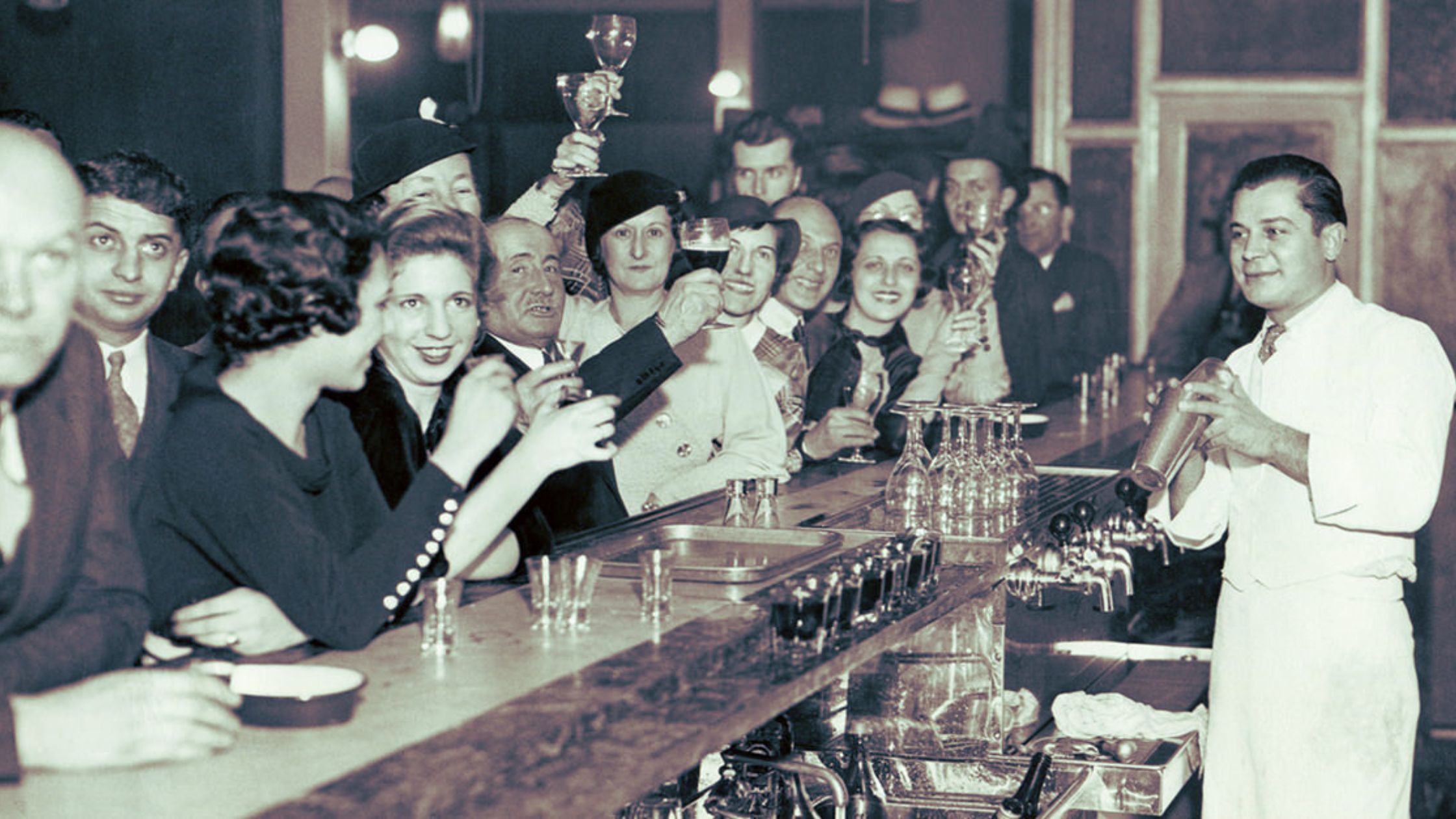Best Liquor Under ₹10,000 for a Perfect New Year 2026 Party
2025-12-05


Cocktails are more than just a combination of spirits and flavors; they are also snapshots of history, society, and imagination. In this guide you will see how cocktail history has transpired around the world, driven by culture, innovation, and experimentation.
Key Takeaways:
Even in antiquity, humans have enjoyed alcohol mixed with some sort of adjunct. Early Mesopotamians would add dates to barley beer, while Greeks and Romans perfumed their wine with herbs and spices to make it more palatable. These were essentially the first examples of fixed cocktails that citizens created simply to have some flavour and fun.
Did you know? As far back as 4,000 BCE the Babylonians mixed beer with dates and herbs. Early signs of fun mixology!"
The term "cocktail" was first officially used in 1806. A U.S. newspaper described it as a combination of spirits, sugar, water, and bitters. This simple formula is the foundation of the iconic Old Fashioned.
Quick Tip: Want to put a classic cocktail together? Use this four-part framework and make it your own.
Jerry Thomas wasn’t just mixing drinks—he was writing the rulebook. In 1862, he released the first known cocktail manual, filled with recipes like the Tom Collins and the showy Blue Blazer. It gave bartenders everywhere a guide to elevate their game.
In the late 1800s, cocktail bars popped up in luxury hotels, each with a local twist:
| Bar | City | Signature Drink |
| Hotel del Monte | Monterey, CA | Mint Julep |
| American Bar at the Savoy | London, UK | White Lady |
| Waldorf Astoria | New York, NY | Manhattan |
Why it matters: These iconic venues helped export American cocktail culture to the world.
From 1920 to 1933, alcohol was banned in the U.S.—but cocktails didn’t stop. Instead, they went underground. Bartenders got creative, using syrups and juices to hide the taste of cheap spirits.
Popular drinks included:
Tip for Home Bartenders: Want to try the speakeasy style? Use strong citrus or tropical juices to balance bold or cheap alcohol.
Prohibition also led to an international mixology boom. Bartenders who left the U.S. brought cocktail culture to Europe and beyond.
| Region | Spirit | Signature Cocktail | Key Flavour |
| Asia | Whisky/Gin | Japanese Highball | Clean + Light |
| Latin America | Pisco/Cachaça | Pisco Sour/Caipirinha | Citrus + Sweet |
| Europe | Aperitifs/Gin | Aperol Spritz/Negroni | Bitter + Bright |
| Australia | Rum/Vodka/Tequila | Bush Margarita | Native Citrus |
Takeaway: Regional cocktails reflect local ingredients and social habits—from ceremonial to celebratory.
Bartenders today are returning to fresh, local, and seasonal ingredients. It’s about flavour, not shortcuts. You’ll see a lot of
Try at Home: Use honey instead of simple syrup, or infuse vodka with basil from your windowsill garden.
Cocktail bars are getting serious about the planet:
Pro Tip: Look for bars with seasonal cocktail menus—they often care more about sustainability and quality.
From QR menus to AI-powered drink recommendations, technology is making its way into modern cocktail culture. But the human element—taste, balance, and story—still wins hearts.
From the roots of cocktail history in ancient times to today’s digital, sustainable, and flavour forward drinks, cocktails reflect who we are and how we celebrate. They blend tradition, creativity, and culture—one glass at a time.
Before your next drink, ask yourself: What story is in this glass?